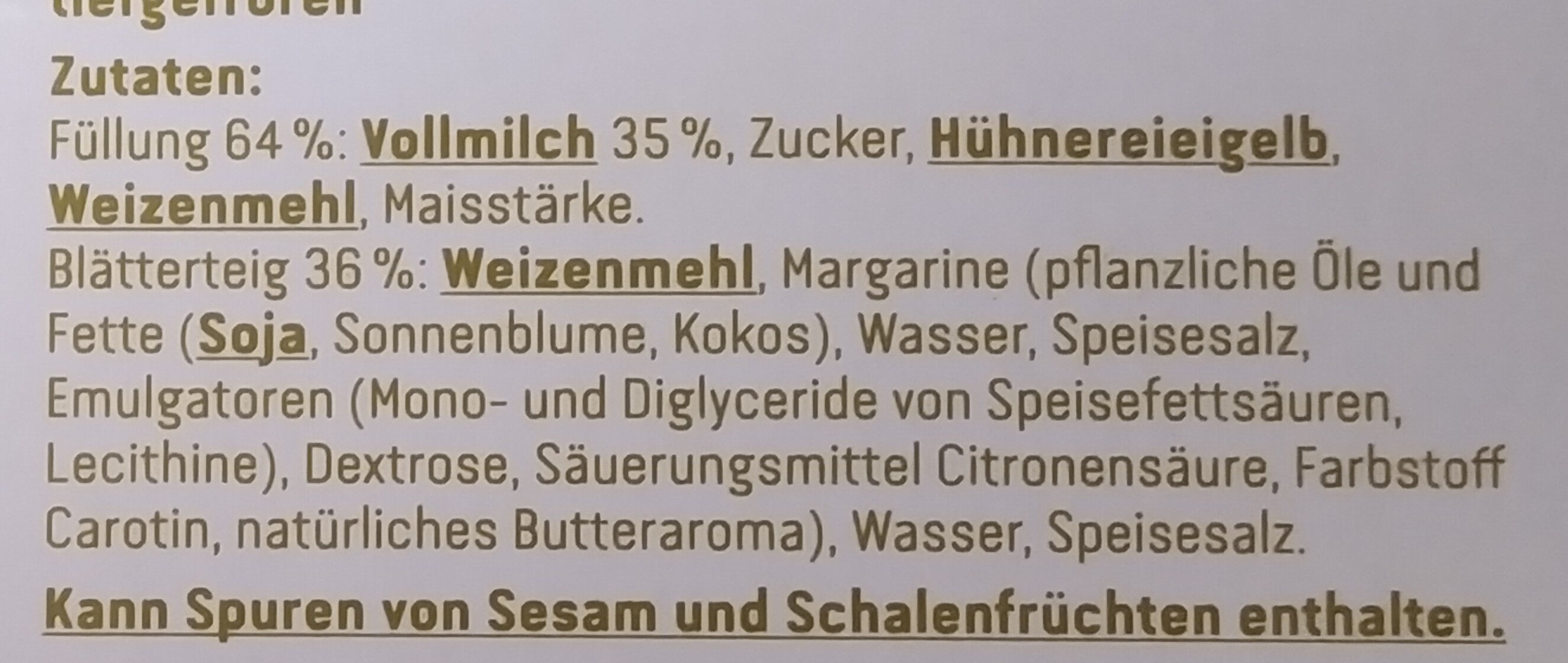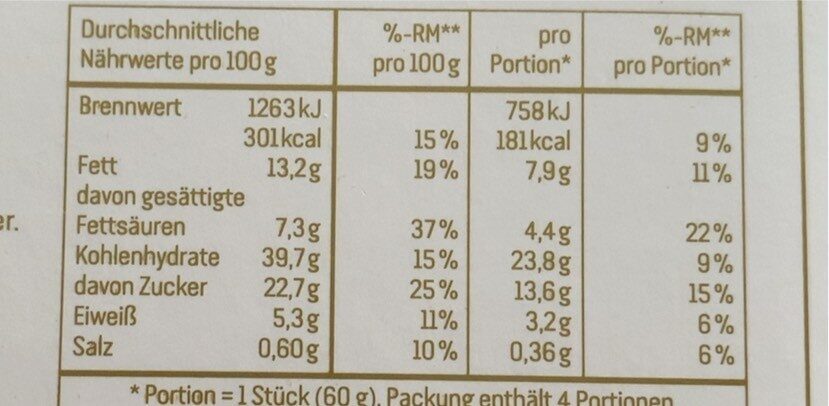Pastel de Nata - Rewe Feine Welt - 240 g
この商品ページは完成していません。既存の写真からデータを編集または追加したり、 Android または iPhone/iPad のアプリを使用して写真を撮影して、手伝ってください。ありがとうございます!
×
バーコード: 4388860222210 (EAN / EAN-13)
数量: 240 g
パッケージング: 紙
ブランド: Rewe Feine Welt, Rewe, Nata Pura
カテゴリー: en:Snacks, デザート, en:Sweet snacks, en:Biscuits and cakes, en:Sweet pies, ペイストリー, fr:Pastel de nata
ラベル、認証、表彰: HQC Halal, en:BRC Food Certificated, en:IFS Food, en:Superior Taste Award
生産者の公式サイト上の製品ページへのリンク: https://byfoodsglobal.com/nata-pura-whit...
好みに合わせて
環境
パッケージング
輸送
Report a problem
情報元
製品に追加 によって date-limite-app
最後に編集した製品ページ によって bernardo-byfoods.
製品ページの共同編集者 dmb, jangop, kiliweb, moon-rabbit, openfoodfacts-contributors, packbot, piranha, roboto-app, shadowcaster, tacite-mass-editor, yuka.sY2b0xO6T85zoF3NwEKvllZ9ePbwujT9NxfSlheO78i2DMW3Ttd_4oHkYqo.










